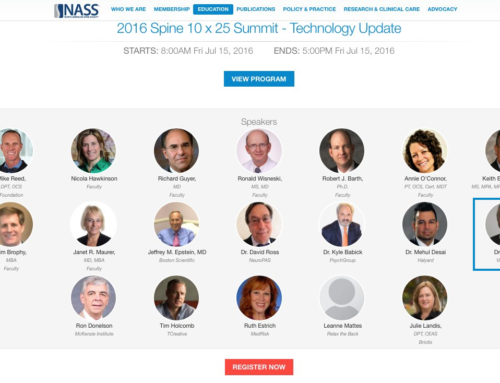Consensus opinion these days is that healthcare stands to be a major beneficiary of advancements in wearable techs, but significant barriers to adoption exist based on concerns around personal data security. It’s a major sticking point with a lot of moving parts that’s generating a great deal of discussion and think-time among industry analysts, entrepreneurs, VCs and health care advocates.
Not to over-simplify the debate, but I think we’ve seen this before . . .
In January 2000 (post Y2K, pre dot-bomb), I was working with an outfit that launched a platform that, for the first time, allowed consumers to pay a bill, or buy some shares from the convenience of their cell phone. It was net-new tech that we rolled-out globally, simultaneously empowering and challenging a wide variety of end users, financial enterprises and even banking systems.
One of the biggest barriers to adoption of the whole ‘mobile finance thing’, according to the pundits of the day, was the perceived lack of tolerance for risk around personal data. Because of this, some argued, mobile banking would never gain mass market consumer adoption.
Flash-forward to today: More than 800 million of us now routinely use mobile banking and that number will rise to 1.75 billion by 2019 — So, it seems our skittishness re: personal data security is not so insurmountable. Adoption in mobile finance was really just a matter of our perceived benefit from the technology coming to out-weigh the risks.
It will be much the same with with wearables in healthcare.
We will adopt wearables as a healthcare tool when:
1. We can easily access and derive value from the the health data produced by our wearables;
2. We get to decide who to share our data with (family, friends, doctors, our Facebook MS support group);
3. We can see how the data from all wearables is being used to prevent or treat cardiac disease and diabetes, or to fight childhood obesity, or smoking as public health issues.
Some of the things that need to happen to drive adoption will rely on regulatory environments, HIPAA for example, but those are different all around the world. Certainly, technical advancements will play a part (building better and more configurable wearable sensors, defragmenting biometric data sets, building algorithms for specific clinical use cases, etc). And some barriers will be knocked-down thru enterprise adoption (e.g. in employee health and wellness), or when more of the clinics we go to start offering wearable adjuncts to existing offerings, perhaps even appending data from our wearables to electronic medical records.
But the real tipping point for wearables in healthcare will come when patients/users/me and you come to the conclusion (maybe for the first time) that we are in the driver’s seat for accessing data related to our own wellness, and we are empowered to ask questions and make decisions about our healthcare in ways we never could before.
At that point, our perception of the benefits of wearable wellness will overtake any perceived risks, and we will act in a way that’s consistent with taking better care of ourselves, our families and our communities — We’ll adopt, adapt and move forward, because it’s good for us.






